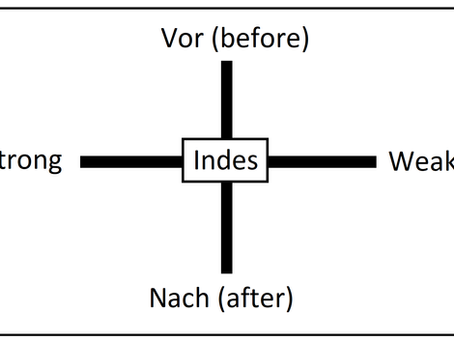top of page
HEMA 101


My Approach to 15th-Century German Fencing Theory
This is my current approach to using 15th-century German fencing theory. You may have a different interpretation—and indeed, the...
HEMA 101 admin
Jul 198 min read
Meyer's longsword 101 - Chapters 7 - 9: Stepping, Vor/Nach/Indes and intro. to sequences
See part 1 here: Meyer's longsword 101 - Chapters 1-4. As before, yellow text is my own, the rest is a rewrite of Meyer's 1570 book...
HEMA 101 admin
Jul 45 min read


The 5 Words re-visited: using tempo to understand Vor, Nach, Indes
I recently wrote an article about tempo: Using tempo/timing to fence better (hema101.com). This article is a continuation of that. I...
HEMA 101 admin
May 12, 20247 min read
Liechtenauer's longsword 101 - part 8: Embracing Nach
In simple terms, the Nach means 'after' and refers to the defensive actions. It also designates the status of the fencer who is being...
HEMA 101 admin
Jan 29, 20243 min read
Liechtenauer's longsword 101 - part 7: Seizing the Vor
Vor means 'before'. In my last post I talked about exactly what this means, but in summary it refers to attacking actions. It can...
HEMA 101 admin
Jan 28, 202410 min read
Liechtenauer's longsword 101 - Part 6: The five words
The five words describe, in a nutshell, good fencing in the LL system. They are: Vor, Nach, Weak, Strong, and Indes. The RDL Glosses do...
HEMA 101 admin
Jan 28, 20249 min read


Liechtenauer's longsword 101 - part 2: Overview of the system
These are the core elements of LL's system. To test myself, this was mostly written from memory, but I have referred to the Zettel and...
HEMA 101 admin
Jan 21, 20247 min read
bottom of page